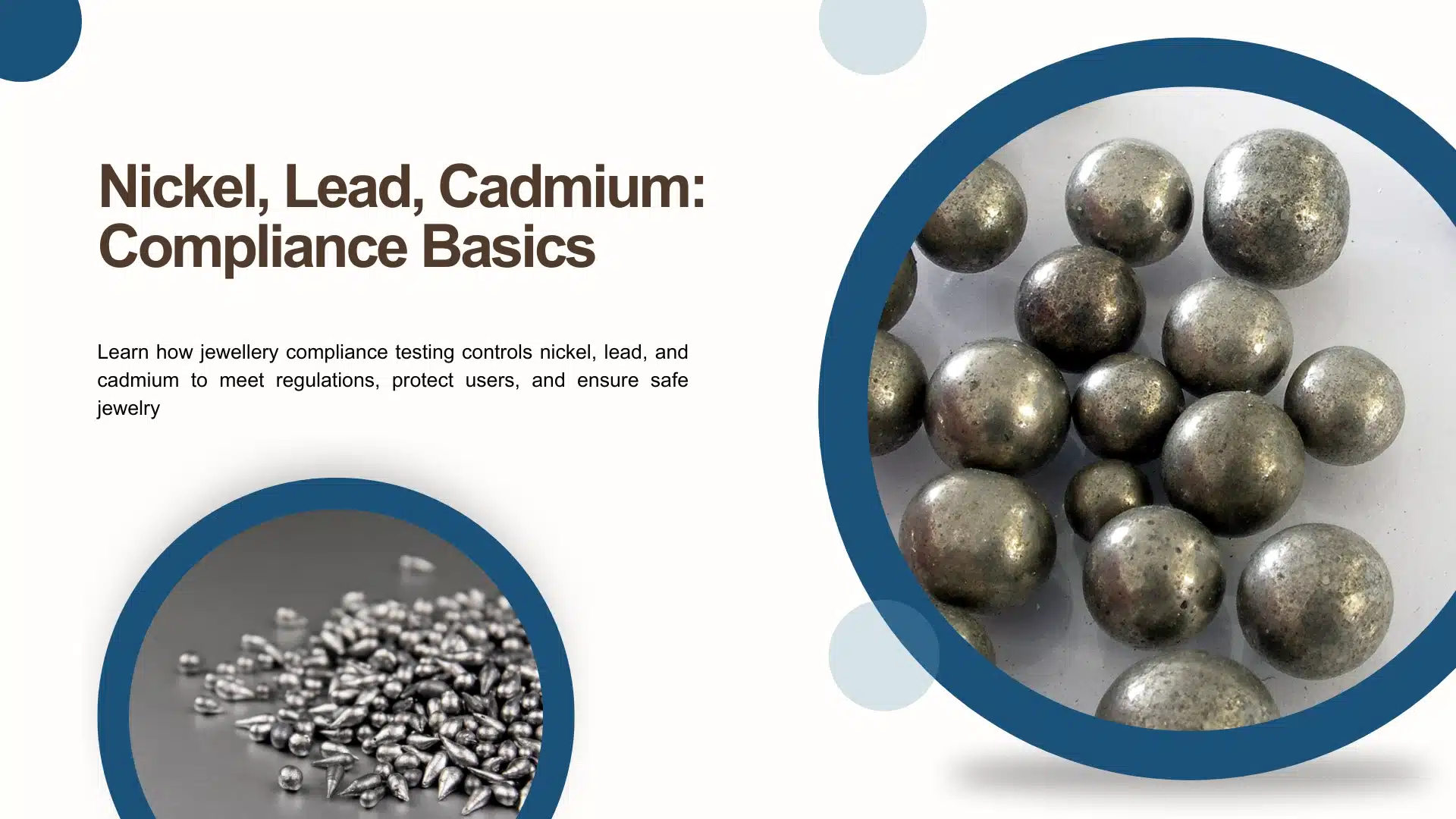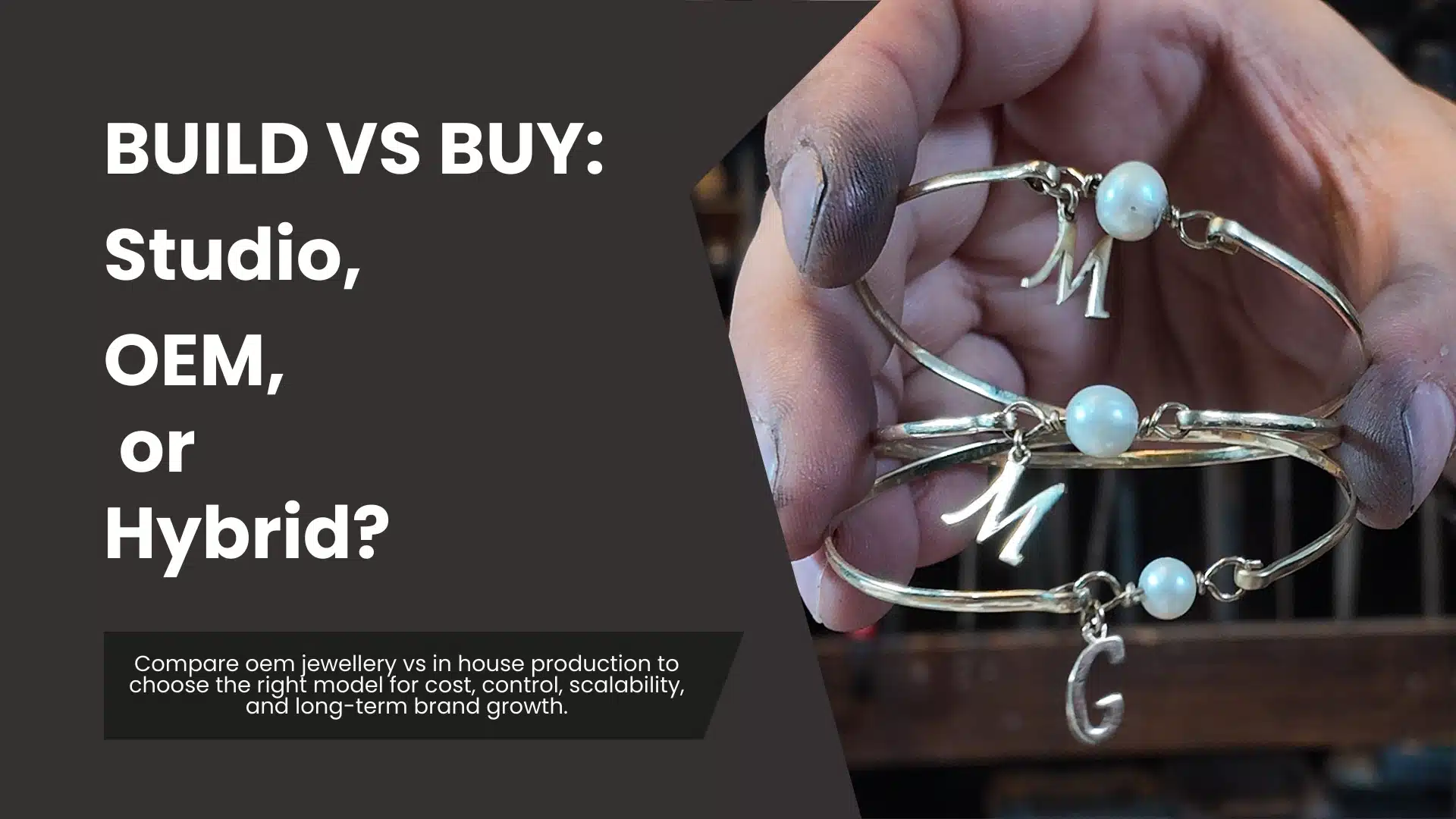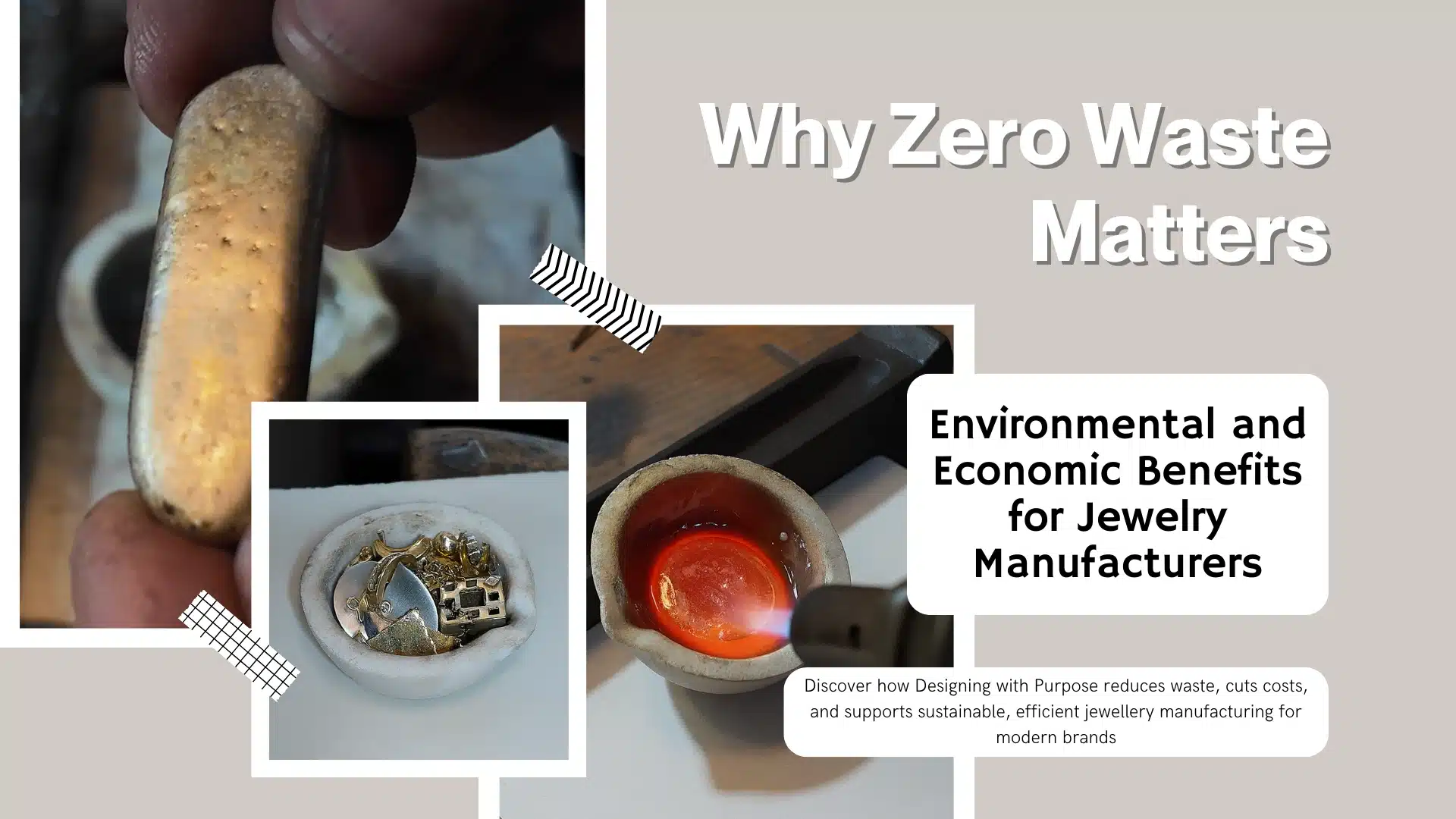From Idea to Sketch:
Creating 3D Jewelry Designs
Creating 3D jewelry designs begins with a simple idea. This idea transforms into a detailed sketch, setting the stage for what comes next. Let’s explore how designers turn these sketches into stunning, wearable art.
Creating 3D jewellery Designs
Every great design starts in the mind. As a designer, you dream up the shape, style, and essence of the jewelry. Next, you draw these ideas by hand. This sketch serves as the blueprint for the upcoming 3D model.
Creating 3D Jewelry Designs
After sketching, the next step is to bring your drawing into a digital space. Here, specialized software helps. It allows designers to refine their sketches and prepare them for 3D modeling. Accuracy here is key, ensuring every curve and corner translates perfectly.
Creating 3D Jewelry Designs
Now, the real magic happens. Using 3D modeling software, the designer builds the piece layer by layer. This process is meticulous, requiring both creativity and technical skills. The goal? A digital 3D model that’s both beautiful and precise.
Creating 3D Jewelry Designs
Designers don’t settle for less. They review the 3D model from every angle, making necessary adjustments. This step ensures the final product will not only look good but will also be wearable and comfortable.
Creating 3D jewellery Designs
Once the design is perfect digitally, it’s time to create a physical prototype. This often involves 3D printing. Designers use this prototype to examine the design in real life. It’s crucial for spotting any potential issues before mass production.
Creating 3D Jewelry Designs
The final adjustments are crucial. They involve refining the prototype based on real-world tests. Once everything looks and feels right, the design moves into production. This stage brings the jewelry to life
Create Your Design
Related Posts

What Every Founder Should Know Before Starting a Jewelry Brand
Starting a jewelry brand feels exciting. Many founders begin with beautiful ideas, strong emotions, and creative passion. However, success depends on more than design alone. This is where jewelry brand planning becomes essential. A clear plan helps founders avoid costly mistakes and build a brand that lasts. Before choosing materials or launching products, every founder should understand the business side of jewelry.

Nickel, Lead, Cadmium: Compliance Basics
Jewellery touches the skin every day, which makes safety non-negotiable. Metals such as nickel, lead, and cadmium can cause serious health concerns when used incorrectly. This is why jewellery compliance testing has become a core requirement for responsible manufacturers and brands. Compliance protects consumers, builds trust, and ensures products meet international regulations.

Gold Price Volatility: How to Protect Margins
Gold prices rarely move in a straight line. They rise with inflation fears, fall with market optimism, and react quickly to global events. For jewelry manufacturers and brands, this constant movement creates pressure on margins. That is why having a clear jewellery hedging strategy is no longer optional. It allows businesses to manage uncertainty, protect profitability, and plan production with confidence.

Build vs Buy: Studio, OEM, or Hybrid?
Every growing jewelry brand eventually faces a major decision: should you build everything in-house, outsource to an OEM partner, or combine both models? This question goes far beyond cost. It affects quality, speed, flexibility, and brand control. Understanding oem jewellery vs in house helps brands choose a structure that supports long-term growth, not just short-term production.

Why Zero Waste Matters: Environmental and Economic Benefits for Jewelry Manufacturers
Today’s jewelry industry faces growing pressure to act responsibly. Materials, methods, and waste management all shape how brands are perceived and how efficiently they operate. This is why Designing with Purpose has become a leading principle. Zero-waste thinking is no longer a niche trend but a practical and ethical approach that benefits both the planet and the manufacturer.







